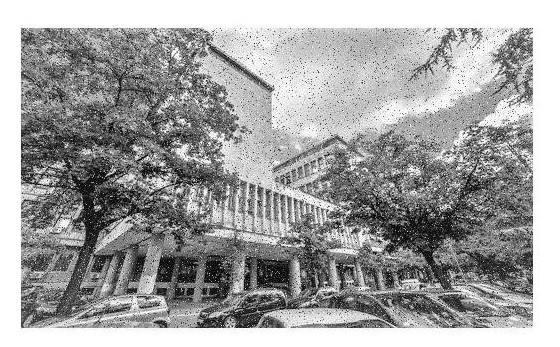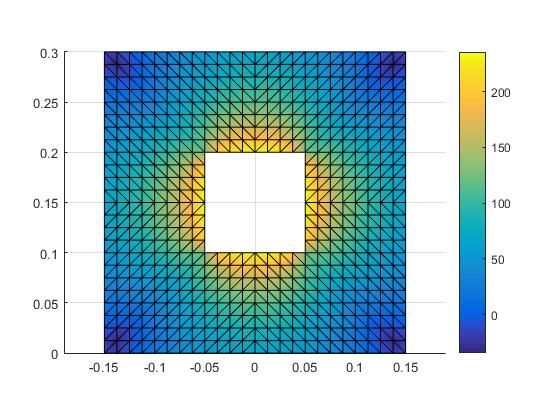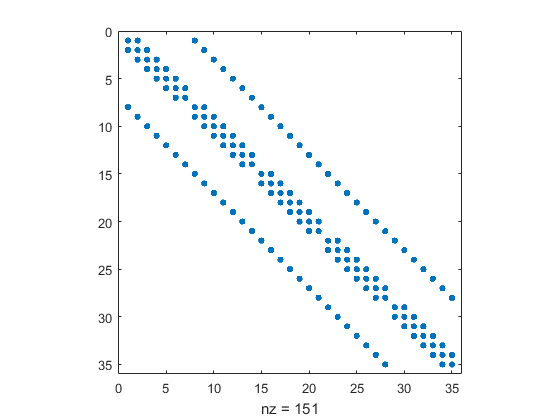What is numerical mathematics?
Numerical mathematics is a mathematical discipline that comes into play when classical mathematical analysis has no answers to certain questions. While in classical analysis the goal is to determine the solution to a problem, describe its properties, and determine under what conditions that solution exists, numerical mathematics finds that solution efficiently and with some allowable error. Numerical methods are developed to solve a mathematical model that usually describes a process or phenomenon from the world around us.
Sometimes we cannot find any other solution except numerical one or we do not even need it. It is well known that integrals for some functions that are important in mathematical statistics cannot be written using elementary functions. And yet, certain integrals of these functions are unique values that can only be obtained by numerical methods. They will not usually lead us to the exact solution, but the bottom line is that we can get a solution with as much accuracy as we want. This is why error analysis is a faithful companion of any numerical method, both the method itself and the so-called computational errors.


Advanced numerical methods are essential for meteorological forecasting. Automobile companies can increase the safety of their vehicles by using simulations of car accidents based on the numerical solution of partial differential equations. The calculation of the trajectory of celestial bodies or spacecraft and satellites is based on numerical methods for solving systems of ordinary differential equations, making numerical mathematics a part of celestial mechanics. Processing of power, sound, speech and video signals, noise filtering, shape recognition, and others are just a few examples of modern applications of this branch of mathematics.
The fundamental task of numerical mathematics is the development of (numerical) methods used to adapt abstract mathematical models to the capabilities of computer technology. Since only basic arithmetic operations are performed on computers, one of the first problems of numerical mathematics is how to represent elementary functions such as cos(x) or ex in such a system. How to approximate an arbitrary function?

The problem of approximating functions is treated in the field of numerical mathematics called approximation theory. It can be said that its development began in the 18th century. The mathematicians who made the greatest contribution to this field were Lagrange, Chebyshev, Jacobi, Weierstrass, Runge, Lebesgue, Poisson and others. Scientists are still actively studying this problem today.
As the development of computer science continues, the possibilities for realizing more complex mathematical models are increasing. Such models often include differential and/or partial differential equations, so special attention is paid to the development of numerical methods for such problems. The study of numerical methods includes the analysis of errors, stability and convergence of the methods. For this reason, this part of numerical mathematics is also called numerical analysis. It draws on several mathematical disciplines, of which functional analysis has recently taken a prominent position.

Numerical methods for solving linear differential equations and partial differential equations are often reduced to systems of linear equations. In practice, we work with systems with thousands of unknowns, where the classical apparatus of linear algebra becomes useless. Therefore, the development of stable (computational errors do not accumulate) and efficient (minimum number of computational operations) numerical algorithms is very important, which is what numerical linear algebra deals with. Often these systems have a specific structure in the form of a sparse matrix, i.e. a matrix with a large number of zeros, so numerical methods are adapted to exploit this property.

In this module, students learn the introductory elements of numerical mathematics theory and how to work with approximate numbers and functions. They will learn the best types of function approximations, numerical differentiation and integration, and numerical solution of basic linear algebra problems that include solving systems of linear equations, finding the inverse of a matrix and its determinants, and determining eigenvalues. You will also study numerical methods for solving nonlinear equations and their systems. The next level of knowledge enhancement is in the area of ordinary and partial differential equations. Students have the opportunity to learn methods of numerical solution of such equations in the framework of the so-called numerical analysis.
Students will have the opportunity to implement almost all of the numerical methods studied on the computer. Students will learn the C and Java programming languages and implement numerical methods in the MatLab software package, a state-of-the-art environment for numerical computation. They will also have the opportunity to become familiar with the Fortran, C++, and Phyton programming languages.
